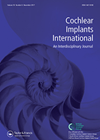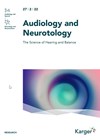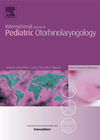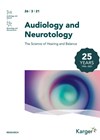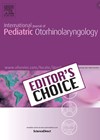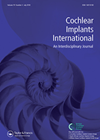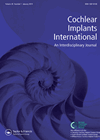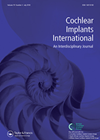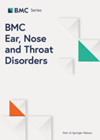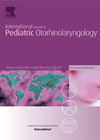
Journal Reviews
The decision-making process by parents of children with residual hearing who receive cochlear implants
It can be a difficult decision for parents whose children have residual hearing whether or not to undergo cochlear implantation. Their children may seem to be hearing with their hearing aids, and even in some cases can hear without aids....
Cochlear implants in the over 80s
The UK has an ageing population. Seven percent of the over 80s population have bilateral severe to profound hearing loss which can lead to associated negative outcomes (social isolation, depression and reduced quality of life). Cochlear implantation (CI) can successfully...
Cochlear implantation in asymmetric hearing loss
Criteria for cochlear implantation (CI) is a constant topic of debate. The UK traditionally had relatively restrictive guidance, although this has been greatly improved by more recent guidance released in 2019. Nevertheless, because of the lack of evidence for cost-effectiveness,...
Semicircular canal dehiscence and cochlear implantation
Semicircular canal dehiscence (SCD) is thought to occur in 3% of the population, it is mostly asymptomatic, but patients may present with sound-induced vestibular symptoms, low-frequency conductive hearing loss, autophony, hyperacusis and aural fulness. With the increasing utilisation of cochlear...
Can we centralise cochlear implant surgery and keep most appointments close to home?
The NHS Five Year Forward View promoted seeing patients closer to home in order to provide better care, cut down on missed appointments and reduce costs. This encouraged the development of ‘hub and spoke’ models of care, but this model...
Cochlear implants in single sided deafness
Whilst the benefit of a second cochlear implant in people with bilateral deafness is well established, the benefits of implantation for single sided deafness with normal contralateral hearing have been much more modest. The reasons for this are varied, in...
Cochlear implantation in children with congenital long QT syndrome
Jervell and Lange-Neilsen syndrome is a condition where sensorineural deafness coincides with inherited abnormalities of the heart, resulting in prolonged ventricular repolarisation, frequently shown on an ECG with a prolonged QT interval. These children can present at implant centres for...
Cognition outcomes after cochlear implantation – is there an improvement?
Older adults with a severe to profound hearing loss are more at risk of cognitive decline than adults of a similar age with milder losses or normal hearing. This poses challenges, not only in the assessment process, but also for...
Does trainee participation in cochlear implant surgery affect operative times?
The role of surgical education is a very sensitive issue in spite of the obvious need and the obligation of doctors to pass on their knowledge and experience to the next generation. This study is very interesting as it assesses...
Cochlear implantation in immunosuppressed patients. Is it feasible?
The effectiveness of cochlear implantation has led to a relaxation of the candidate criteria. Patients who had been rejected in the past may now be accepted and their outcomes are encouraging. However, the acceptance of immunosuppressed patients as cochlear implant...
Review: Cochlear Implantation in SSD?
Contra lateral routing of signals (CROS) using hearing aids and bone conduction devices has been the conventionally accepted modality for the treatment of single sided hearing impairment. The CROS hearing aid has been found to improve speech understanding in noise,...
Cochlear implants with an absent or hypoplastic cochlear nerve?
The cornerstone of successful cochlear implantation has been the presence of a population of cochlear nerve endings which are able to mount a neural response to electrical stimulation. The authors of this paper present their experience of five children with...

